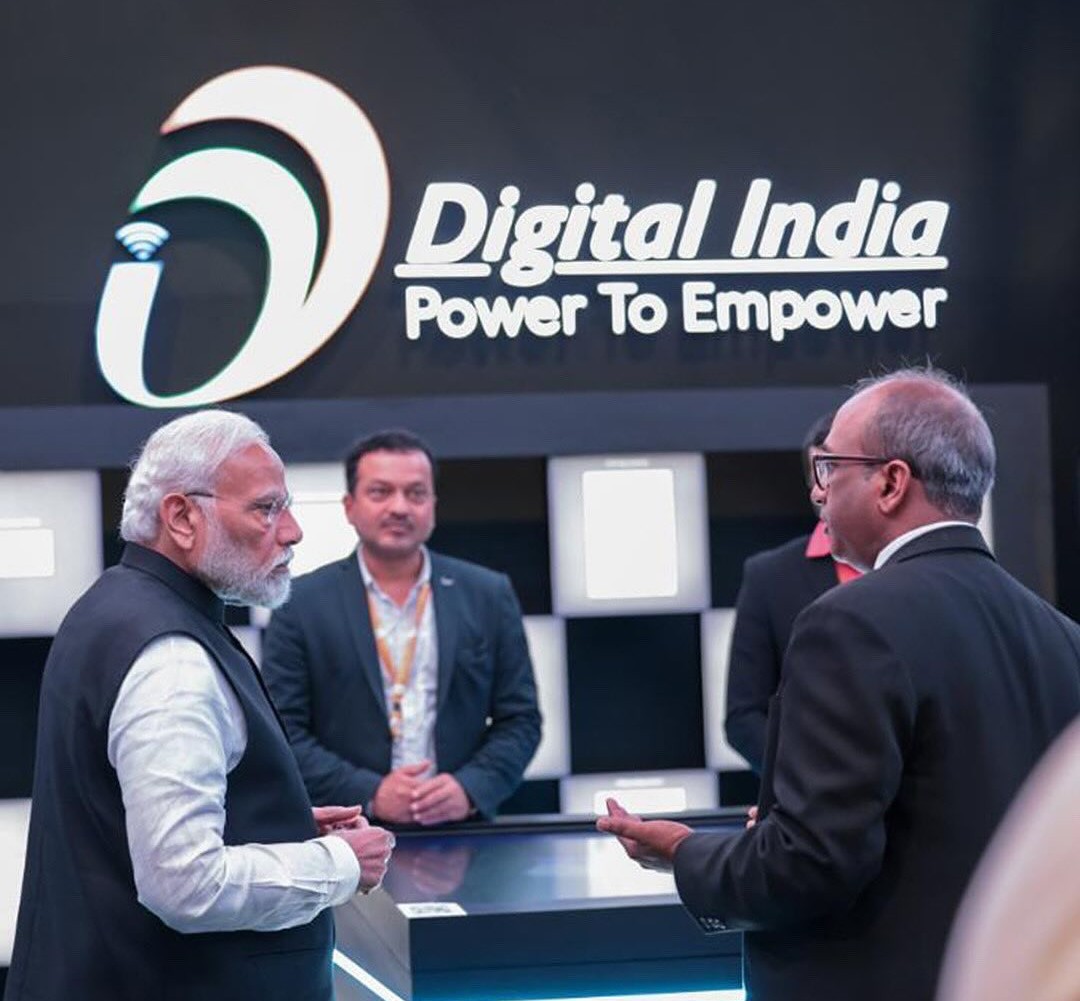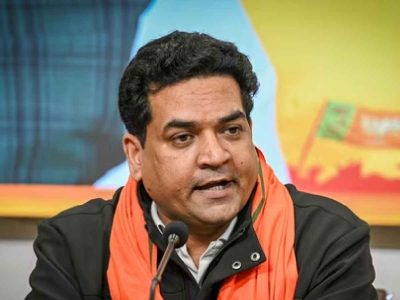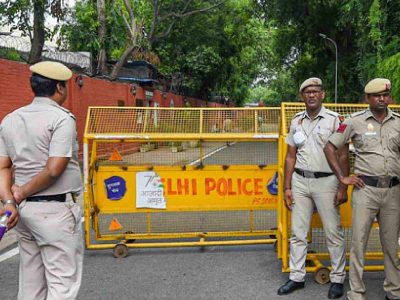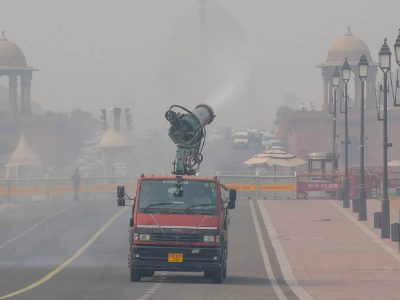The exhibition ‘Bharat: Mother of Democracy’ received an overwhelming response from delegates who visited India for the G20 Summit on September 9-10, said Ankit Sinha, Chief Technology Officer of Tagbin, the tech company which organised the exhibition in collaboration with the Ministry of Culture.
The central objective of the exhibition was to showcase India’s technological advancements while also spotlighting its cultural heritage.
“We were not expecting the kind of response we have received from the exhibition,” said Sinha. “Rishi Sunak and Narendra Modi particularly loved the AI Holobox when they tried the setup. They also gave the names themselves. This makes us extremely happy.”
The innovative AI Holobox was developed to provide personalised greetings for VIPs, VVIPs, and other visitors at the exhibition’s entry gate.
“It’s not like we invited them. They came over themselves while they were roaming around and were intrigued by the technology,” he added. “In fact, PM Modi got so impressed that he asked us how many people have engaged with this.”
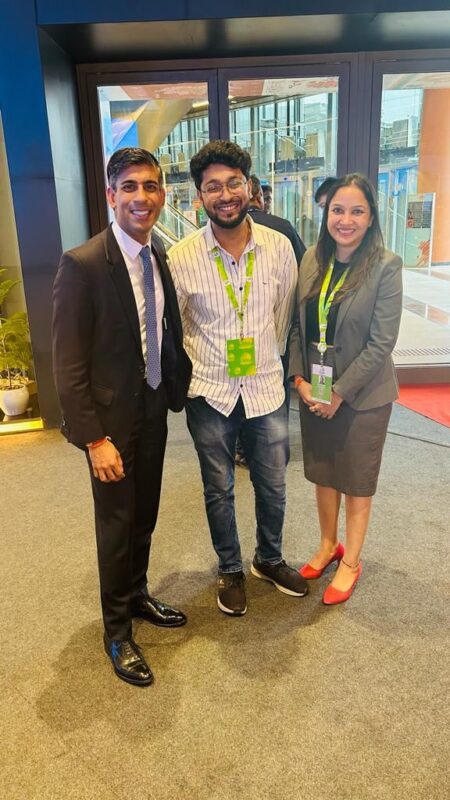
The AI Holobox takes the form of an AI avatar and employs advanced voice cloning technology to generate a life-like, real-person voice to welcome incoming individuals. It has face recognition capabilities to identify individuals, offering tailored greetings based on their identity.
Other delegates from the participating countries also visited the exhibition and appreciated the exhibits, which included interactive panels around an array of topics such as history of democracy in India, Indian elections, the constitution, different eras of Indian history, among others.
“The kind of response that we received from the delegates given the fact that they were on a strict schedule makes us very happy and we were not expecting that,” Sinha said.
In the Digital India section of the exhibition, the footfall was huge, he added.
“There were all kinds of global media. The delegates from all over the world were very happy about how things were set up,” Sinha said.
The delegates showed keen interest in capturing moments with advanced technology during the exhibition.
They were particularly fascinated by the “virtual cycle”, an interactive experience that allowed visitors to explore Digital India on a screen while pedalling the cycle.
The exhibition also deployed directional speakers to prevent audio intersections. These specialised speakers are designed to project audio in a conical area, ensuring that only one person at a time, standing within the designated area, can hear the audio content clearly.
“This exhibition was on the medium where we were able to showcase the technological capability of India on such a big scale. It was a platform that gave us a huge look-around and helped us get in touch with the big names of the technology world,” he said.
Tagbin has also designed the Pradhanmantri Sangrahalaya located in Teen Murti Bhavan. The museum is a tribute to every Prime Minister of India since Independence and embodies Prime Minister Narendra Modi’s vision to raise awareness and inspire India’s youth by showcasing the leadership, vision, and accomplishments of all the nation’s prime ministers.

